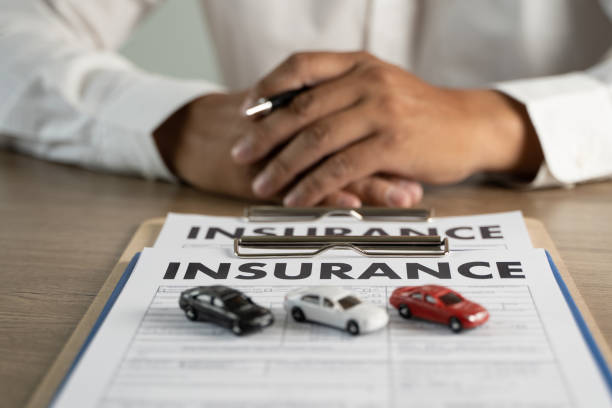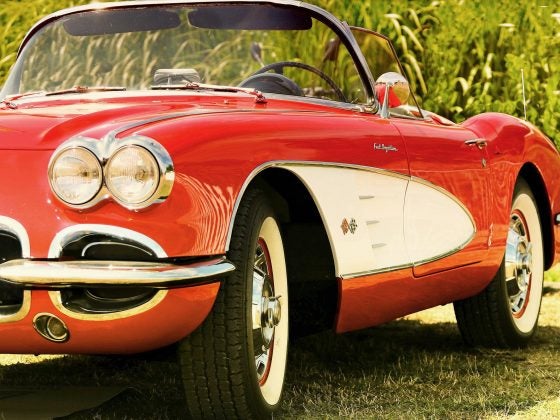Many households are feeling the financial pinch of higher rates of inflation.
Inflation affects many everyday items, from gas and groceries to energy, but it doesn’t stop there. Many industry experts are predicting that car insurance rates will increase this year, but why?
Here we’ll explore this topic in more detail, so you can understand the impacts on your motoring costs.
Are Car Insurance Rates On The Rise?
As with almost every purchase for consumers, the average cost of car insurance is expected to increase for many drivers throughout the year.
According to S&P Global Market Intelligence data, national car insurance rates are rising by an average of 4.9%. These rate changes will affect over 62.5 million policyholders around the U.S. However, in some states, and if you have insurance with certain brands, the rate increases may be far steeper.
For example, almost 450,000 Allstate policyholders in Illinois could face an 11% increase, and almost 500,000 Progressive policyholders in Minnesota may see a 36% increase.
So, it appears a certainty that you will see higher car insurance rates at renewal time this year, and now we’ll explore the reasons why.
The Reasons Why Car Insurance Rates Are Supposed To Increase
There are a number of specific reasons why car insurance rates are set to increase. These include:
Rising Repair Costs
The cost of repairing a vehicle has increased with the overall cost of goods. In fact, vehicle repairs have risen at the same rates as the overall CPI. This shouldn’t be surprising, as car repairs are primarily a labor-intensive activity. Although car technologies may change, the demand for a good mechanic remains the same.
Additionally, you need to consider the impact of rising inflation on replacement parts. The same gas price increases that have impacted food item deliveries have also affected the transportation of spare auto parts. Likewise, the increased cost of raw materials also impacts the production of these parts.
Insurers use the estimated repair costs to calculate insurance premiums. In the event that you make a claim, the insurer needs to ensure that the cost of the repairs is covered by your premiums. So, if the estimated repair costs have gone up by 5%, you are likely to see a similar increase in your premiums.
Higher Costs Of Medical Care
The cost of medical care has dramatically increased over the last 40 years, with car insurance costs following a similar trajectory. This is because medical costs represent a significant portion of insurance costs.
If you think about the breakdown of your insurance coverage and repairing the damage to your vehicle is only a small portion of the insurance. You need to have protection to cover the medical costs for any injuries resulting from an accident. As with vehicle repair costs, when it costs more to treat injuries, the insurer will charge more for coverage.
In fact, car insurance costs increase faster than medical care expenses due to the high losses suffered due to the increasing number of vehicle miles each year and the extreme weather conditions.
After all, the more time that drivers spend on the roads, the greater the chances of being involved in an accident or needing to make a claim. When you factor in the frequency of natural disasters, it stands to reason that insurance costs would be higher.
Tips To Reduce The Cost Of Your Car Insurance
While the rising cost of car insurance is bad news for most drivers, there are still some things that you can do to reduce your premiums.
Explore Discounts:
It is worth checking out the available discounts with your insurer. While the specific discounts may vary between insurers, some of the most common include:
-
Bundling: This is a great way to save on your car insurance and other insurance coverages. Many insurers offer a discount when you hold multiple policies with them. So, if you need to renew your auto and home insurance, see if you can get a bundling discount.
-
Low mileage: The more time that you spend on the roads, the greater the chances of an accident. So, if you have higher mileage, you are more likely to file a claim. However, the reverse is true. If you tend to drive fewer miles than the annual average, you could qualify for a low-mileage discount.
-
Payment in full: If you can pay for your entire policy in one payment, many insurers will offer you a discount. This is because there is less admin for the insurer, and they won’t need to chase payments.
Change Your Deductible
If you want to keep your driving costs low, you may assume that having a low deductible is the right choice. However, the reverse is true. When you have a higher deductible, your insurer takes this as a sign that you are more financially responsible and have a large stake in driving safely.
If you’ve been a consistently safe driver with no claims in the last few years, you may feel that you can manage a higher deductible. Of course, you will need to balance the savings in your insurance costs and the affordability of your deductible. If you need to make a claim, you will need to have the funds to cover the cost of your deductible.
Alter Your Coverage
If your insurance costs are getting a little high, it is a good time to fully assess your coverage. You may find that there are areas of your policy that you no longer need.
For example, if you have an older vehicle, comprehensive coverage may not be worthwhile. This cover will only pay out your car’s market value, less your deductible if your vehicle is a write-off. This means that if your vehicle is only worth $750 and you have a $750 deductible, you won’t see a dime.
It is important to make sure that you have at least the state minimum requirements and if your vehicle is financed, your lender may insist that you have certain coverages in place.
Take a little time to look over your existing coverage to see if there are any optional extras that you can drop without compromising on the value of your policy.


















